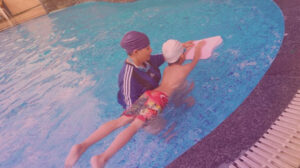DO FLAT FOOT EFFECT YOUR CHILD GROWTH
FLAT FOOT EFFECT YOUR CHILD GROWTH
Children with flat feet, also called pes planus, have a flattening of the arch during standing and walking. Flat foot is normal in infants and young children 44% up to 6 years old. At this age, in the absence of any associated symptoms, treatment is highly debatable. Flat foot usually naturally corrects itself as muscles strengthen and soft tissues stiffen. The height of the arch in the foot increases with age until about nine years. The problem is when flat foot persists, spontaneously occurs in older children or later in life, or is associated with pain and disability. Flat feet can be flexible or rigid, painful or painless and associated with a tightness of the calf muscles (Achilles tendon). The majority of flat feet are painless, but when pain is present it is usually during weight-bearing activities such as walking and running. The pain can be in the sole of the foot, the ankle, or non-specific pain all around the foot area.
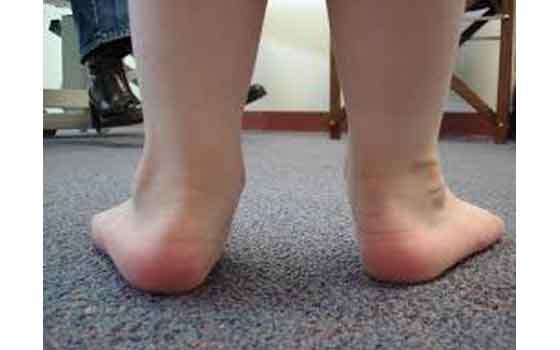
What causes flat feet?
A complex and sophisticated interaction of bones, ligaments, muscles and nerves within and above the foot defines its anatomy and function. Anything that interrupts the integrity of these structures leading to a collapsed arch can cause symptomatic flat feet. Examination of the foot begins with an examination of the entire child, because the flat foot may have an underlying cause. Common disorders causing symptomatic flat foot include: cerebral palsy, some forms of muscular dystrophy, juvenile arthritis, inherited disorders affecting the nervous system, and some connective tissue disorders.
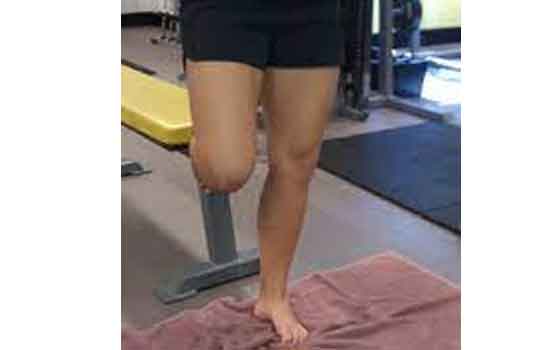
What is a flat foot?
The sole of the foot has an arch on the inner side (instep) that extends from the heel to the base of the big toe. The foot is called flat when it does not have this arch.
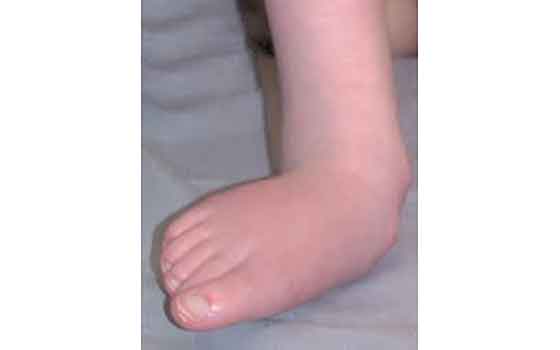
What is the cause of flat feet in children?
Many people have long-standing beliefs that flat feet are abnormal and require treatment with special shoes, insoles or even splints or braces.
We now know that the majority of children between 1-5 years of age have flat feet. This is part of normal development of their feet and over 95 percent of children grow out of their flat feet and develop a normal arch. The other 5 percent continue to have flat feet, but only a small number will ever have a problem. Most children with a persistent flat foot participate in physical activities, including competitive sports, and experience no pain or other symptoms. Later on this flat foot cause many issue in legs such as knee pain, muscle tightness. And as age increases complications become adverse and lead to arthritis of knees, shin splint, meniscus damage, bending of tibia this leads to uneven weight distribution on knees and pain in knees. This will cause increase weight and child become obese.
Very rarely, there can be an underlying problem. The doctor examining the child will check for these and plan ongoing care. Older children with painful or stiff flat feet and children who had initially normal arches and develop flat feet later require particular attention.
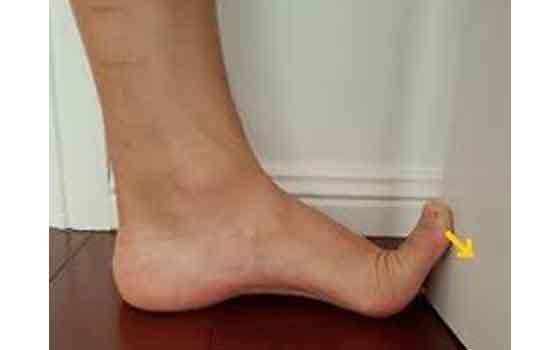
Is any treatment required?
Studies involving large numbers of children have shown that treatment with special shoes, insoles or splints does not alter the shape of the foot and does not give them an arch. The great majority of children under the age of five with a flat foot develop an arch in time without the use of insoles. Some children wear their shoes unevenly. Occasionally a small shoe insert may help – it will not alter the shape of the foot but may reduce shoe wear.
When flat feet persist in children after the age of five years and they complain of pain in their feet, treatment with insoles / arch supports is used more often to alleviate discomfort.
In rare cases, young teenagers with persisting symptoms may require surgery. Children who are found to have additional problems causing their flat feet may also require an operation.
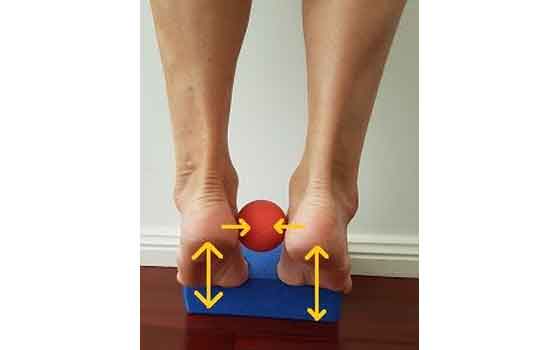
What is the outcome?
Flat feet are part of normal development in the vast majority of young children and have no long-term implications. Treatment (insoles or surgery) of older children with persistently painful flat feet has good results in approximately 90 percent of cases. The outcome for children with underlying problems depends on the condition causing flat feet.
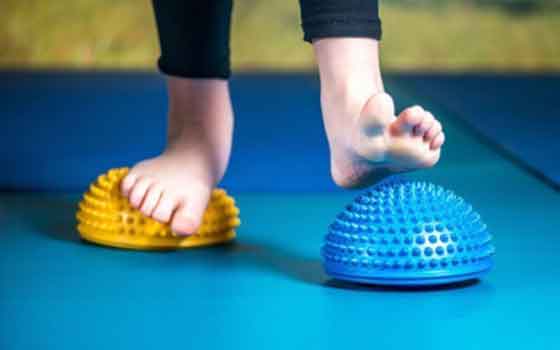
A flat foot is a common condition in which one or both feet don’t have normal arches. At first, all babies’ feet look flat because an arch hasn’t formed yet. Arches should form by the time a child is 2 or 3 years of age. Flat feet, even in older children, usually do not cause any problems.
People may be born with flat feet or develop them over time. Adults may not realize they have flat feet for many years. They may not ever notice if they don’t have symptoms related to flat feet.
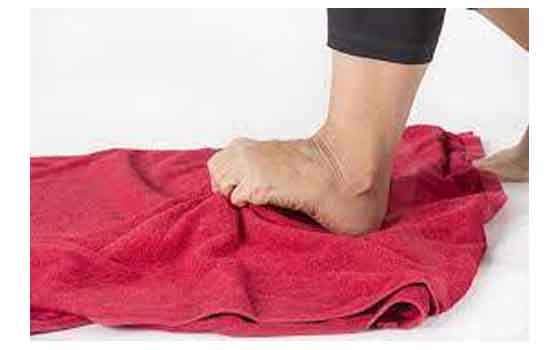
Does flat foot need to be treated?
Treatment of flat foot is subject to great controversy. Reaching an agreement between health-care providers on how we should define and classify a flat foot is difficult. Flat feet require treatment only if clearly associated with pain or decreased function. Managing the underlying cause or disease is of highest priority; just treating the symptoms should be secondary.
If flat foot is observed in a child who is overweight and has knock knees or in a child with excess joint flexibility and poor footwear, each of these factors could be contributing to the symptoms, and each should be addressed.
If a child’s quality of life is affected by how their feet look, feel or function, then the associated issues should be addressed.
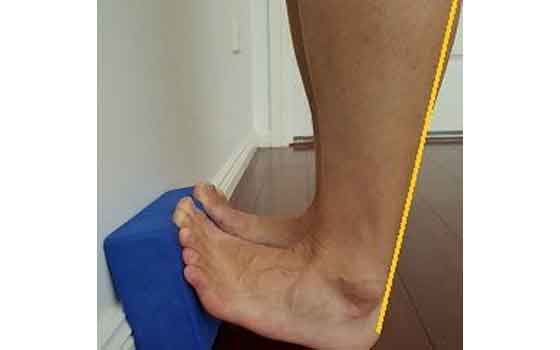
Symptoms of flat foot
If your child complains of foot or ankle pain, take them to the doctor. Flat feet in an older child may cause pain in the heel or arch. This condition also may cause pain when your child is walking and running.
Symptoms in adults of flat feet include tired or achy feet after long periods of standing. Feet may also ache following activity, like playing sports or exercising. Flat feet can also cause pain in your lower back, hips, and knees.
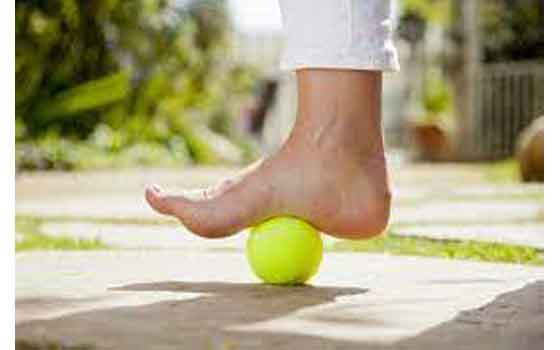
What causes flat feet?
In children, most flat feet are caused by loose joint connections and baby fat between the foot bones. These conditions make the arch fall when child stands up. This is why you sometimes hear flat feet called “fallen arches.” The feet may look like they have arches when your child is sitting or when the big toe is bent backward. But the arch flattens when your child puts weight on the foot.
In individual, a number of things can cause flat feet.
Weakened or torn tendons-Tendons offer support to your arches. If you tear a tendon or even weaken it over time, it can cause flat feet.
Rheumatoid arthritis- This type of arthritis can progressively cause deformities in your joints. These deformities can cause flat feet.
Broken bones- Damaging bones in your mid foot can cause flat feet.
Ligament injuries- Ligaments support your bones. An injury to these can impact your joints, which can cause flat feet.
How are flat feet diagnosed?
Your doctor will look at your child’s feet to make sure that the pain isn’t caused by a problem in the hip or the knee. Your child may need to have X-rays. Most often, your doctor probably can tell you what the problem is just by looking at your child’s feet.
If you have adult-acquired flat feet, your doctor should be able to diagnose it by examining your feet. They may ask you to stand and will observe your feet from various angles. Your doctor also may ask you to stand on your toes. Your doctor may also order tests, such as X-ray, MRI, or CT scan to diagnose your flat feet.
Flat feet treatment
Flat feet are common. If flat feet cause you pain, talk to your doctor. Most of the time, this pain can be managed
For many people, flat feet don’t cause pain or related problems so there is usually no need to treat them. If flat feet are painful, there are several treatment options. Some of these include:
Nonsurgical Treatment
- Stretching exercises
- Physical therapy
- Supportive shoes
- Arch supports
- Treatment for flexible flatfoot is required only if your child is experiencing discomfort from the condition.In most cases, there is little benefit to using custom-molded arch supports. Over-the-counter arch supports, which are available at most sporting goods and running shoe stores, can be just as effective and are much less expensive to replace as your child grows. Online retailers often have inserts in difficult-to-find sizes. Your child’s foot development will be the same whether arch supports are worn or not. High-top or special orthopedic shoes, “cookies,” or wedges are only useful to keep the shoe on your child’s foot. If your child has foot pain because of flat feet, a heel cup, shoe insert, or shoes with support may help.
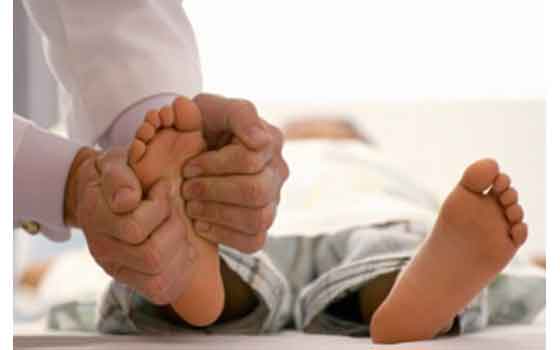
- Stretching exercises- If your child has activity-related pain or tiredness in the foot, ankle, or leg, your doctor may recommend stretching exercises for the heel cord.
- Heel Cord Stretch– Lean forward against a wall with one leg in front of the other. Straighten your back leg and press your heel into the floor. Your front knee is bent. Hold for 15 to 30 seconds. Keep both heels flat on the floor. Point the toes of your back foot toward the heel of your front foot. This stretch should be performed three times on each leg.
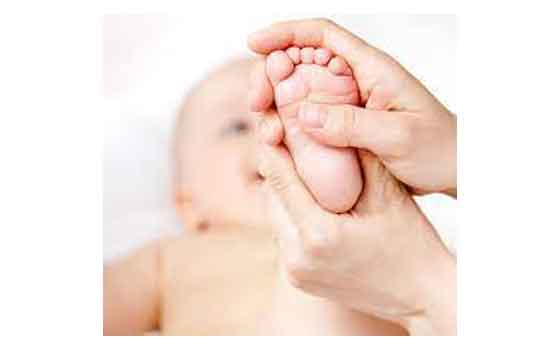
- Shoe inserts (orthotics)- If discomfort continues, your doctor may recommend shoe inserts. Soft-, firm-, and hard-molded arch supports may help relieve your child’s foot pain and fatigue. They can also extend the life of your child’s shoes, which may otherwise wear unevenly.
People with flat feet don’t need to limit activities. If flat feet become painful from overuse, your doctor may recommend you rest them with physiotherapy. Wearing a certain style of shoe, walking barefoot, running, doing foot exercises, or jumping will not make flat feet better or worse.
If you or your child has pain from flat feet, some over-the-counter medicines may help, with rest and mild exercise. Supportive footwear can also help.
Surgical Treatment
Occasionally, surgical treatment may be recommended for an adolescent with persistent pain. Surgery is typically performed to create an arch in the foot and lengthen tendons that may be tight and causing pain. The surgery is usually performed in stages. One foot is corrected then, after several months of recovery, the second surgery takes place.
In a small number of children, flexible flatfeet become rigid instead of correcting with growth. These cases may need further medical evaluation. And physiotherapy rehabilitation is also must after surgery.
HELP YOUR CHILD IN GET RID OF FLAT FOOT WITH BEST PHYSIOTHERAPIST IN DHAKOLI.
Pediatric Physiotherapists are always best for any condition that is related to pediatric age group. By without use of medicine and any intensive treatment and the pediatric Physiotherapist can easily find the root cause and also the psychology of the kid. Moreover they approach the condition accordingly. In Blossom physiotherapy center there is Dr.Jyoti Gupta senior consultant physiotherapist she is MPT in pediatrics and her team. They always focus on patient’s problem and treat them accordingly. In Blossom physiotherapy center there is occupational therapist, speech therapist, pediatric neuro therapist and special educators they all work together in very systematic manner so that they will have positive outcome. All are well qualified and experienced enough to tackle any case wisely. Blossom physiotherapy center has well qualified team of physiotherapist in dhakoli and having Ultra modular equipment, physiotherapy modalities and assisted device which are use according to the requirement of the patients.
In flat foot this is very important to take proper counseling regarding the rehab. If flat foot left untreated it will become very difficult to treat after a certain age. So it is very important to consult from pediatric physiotherapist on time to delay complications related to that particular condition. With the help of exercises and arch support or shoes modification flat foot can be cure. In Blossom physiotherapy center the doctors plan rehabilitation program which are consider for long term success with visible outcome. They also provide friendly atmosphere for the child and parents. Dr. Jyoti also provides yoga facility which will play crucial role in rehab and improve stability of mind and body. A blossom physiotherapy and rehab center is ready to help you in every manner even in this pandemic they take proper preventive measures. For further information log into blossomphysitherapy.


